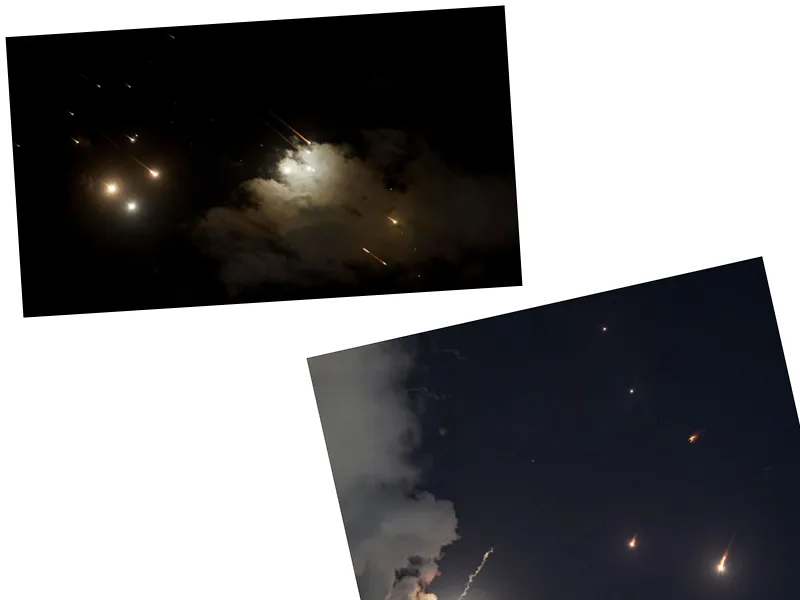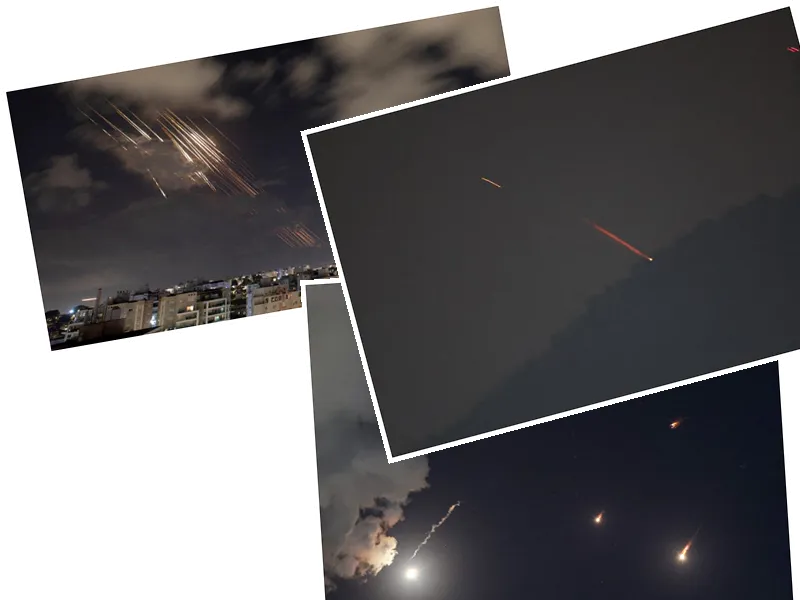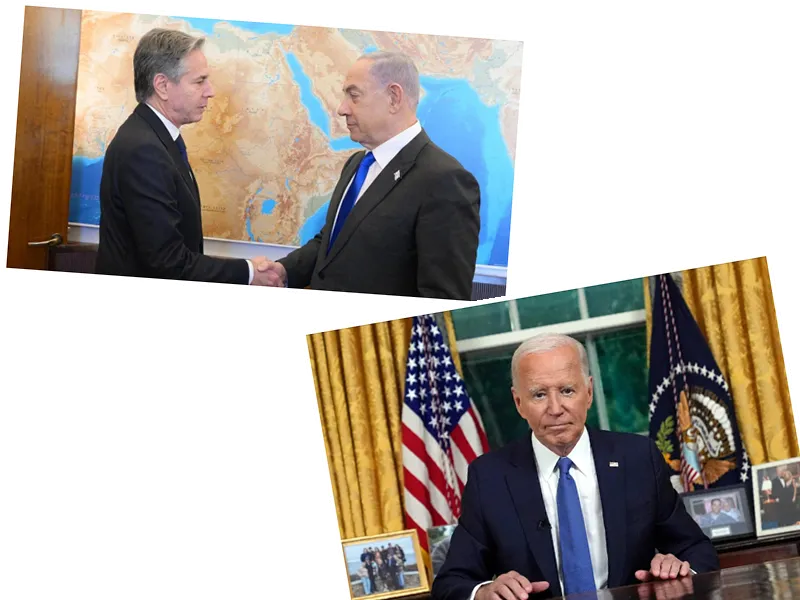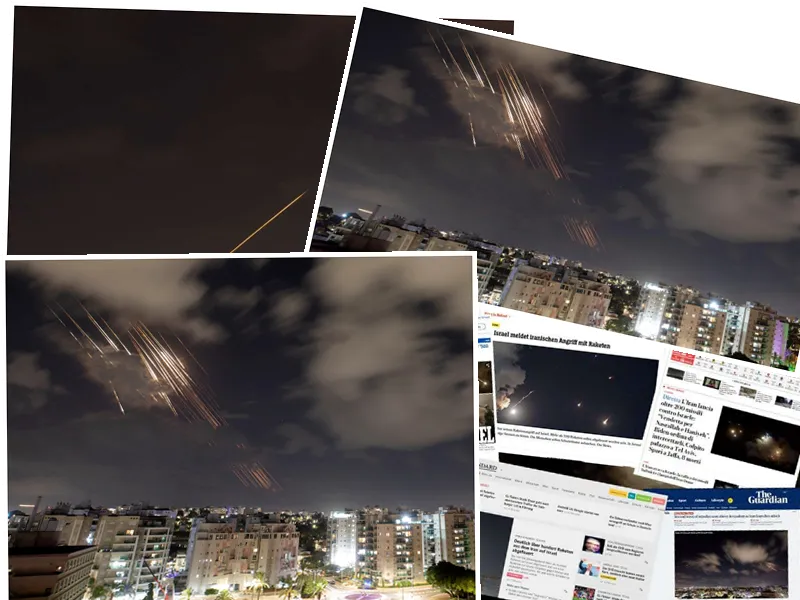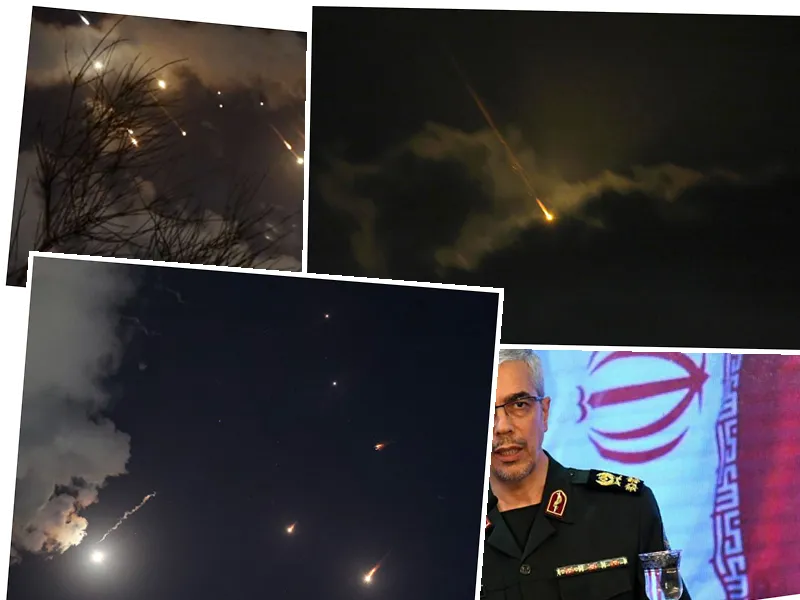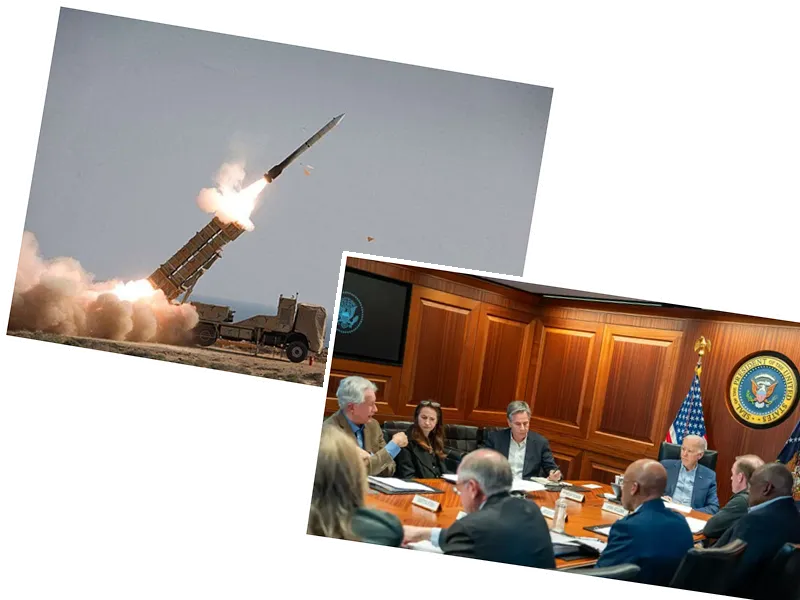Iran Launches Unprecedented Missile Attack on Israel
In a dramatic escalation of tensions, Iran has launched a significant missile attack on Israel, coinciding with Israel's ground military operations in southern Lebanon against Hezbollah. On October 1, 2024, the Tehran regime targeted several locations in Israel, including Tel Aviv, with reports indicating that over 250 ballistic missiles were launched in a rapid succession of half an hour. This assault comes just days after the assassination of Hezbollah's leader, Hassan Nasrallah, in an Israeli raid, further intensifying the conflict in the region.
Details of the Attack and Israeli Response
As warning sirens echoed throughout Israel, the Israeli army urged civilians to seek shelter. Reports from the Israeli military confirmed that a significant number of missiles were intercepted, with only minor injuries reported. The airspace over Israel was quickly closed, and flights were redirected as a precaution. The Iranian Revolutionary Guards stated that the missile strikes were in retaliation for the deaths of key figures in Hezbollah and Hamas, specifically naming Ismail Haniyeh and Hassan Nasrallah.
Israeli officials have vowed to respond decisively to the attacks. Daniel Hagari, a spokesperson for the Israeli army, emphasized Israel's strong military capabilities and indicated that a response would be forthcoming. The situation remains tense as both sides prepare for potential further escalations in the conflict.
Increased U.S. Military Presence in the Region
In response to the growing threat, the United States has ramped up its military presence in the Middle East. President Joe Biden ordered the deployment of additional troops and advanced military assets, including F-16 and F-22 fighter jets, to assist Israel in its defense. The U.S. has warned Iran that any missile attacks against Israel would have serious consequences, heightening the stakes in this already volatile situation.
As the conflict unfolds, the international community watches closely, concerned about the potential for wider regional instability.
